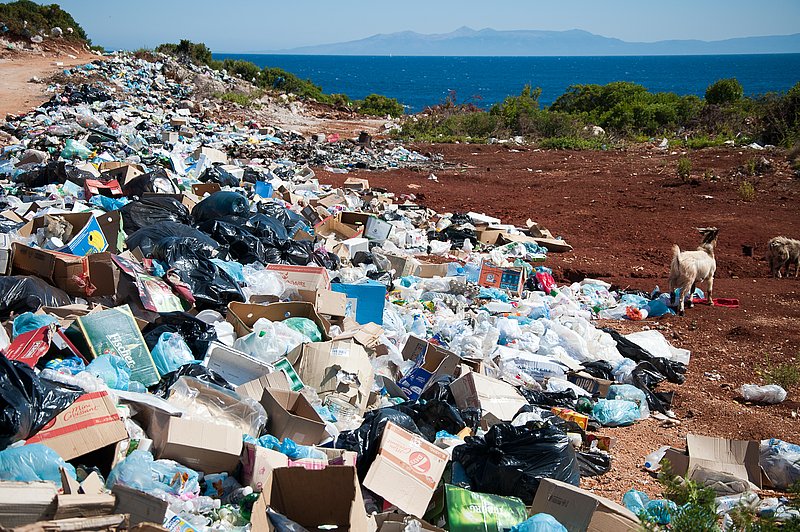It all began in the high Arctic, on an island in the middle of the Barents Sea, the founders write on their website - far away from any civilisation and thus far away from any problems related to house building. And yet, of all places, this could be a solution for making house building in many African countries not only more sustainable, but also good for the oceans. Because in the small community in the far north, the local community gathers every year to clean the shore of the island and collect the waste, especially plastic waste.
One day, as the founder of the start-up "Orthalo" looked out over the bay where his house is located and gazed at the beach covered in plastic waste, while thinking of the dire housing situation in many African countries, an idea came to him.
"What if you could use the problem of plastic waste to solve the problem of housing shortage? What if you could create a system that allows people to use local plastic waste to meet local housing needs?" he writes on the website.
If the company is to be believed, there is an urgent need for 160 million affordable homes in sub-Saharan Africa alone, which is expected to rise to 360 million by 2050. "And the problem of plastic waste is a global threat that we can help solve by using millions of tonnes of plastic waste to make building systems for affordable homes. Our mission is threefold: to solve the housing shortage, recycle plastic waste and create local jobs. Together, we will strengthen local communities and boost the economy," the founders write.
According to the WeForum platform, the company's recycling process consists of shredding plastic waste and mixing it with other elements, including non-combustible materials. This results in components that are used to build up to four floors with a living area of 60 square metres using eight tonnes of recycled plastic. A factory with one production line can produce 2,800 housing units per year.


